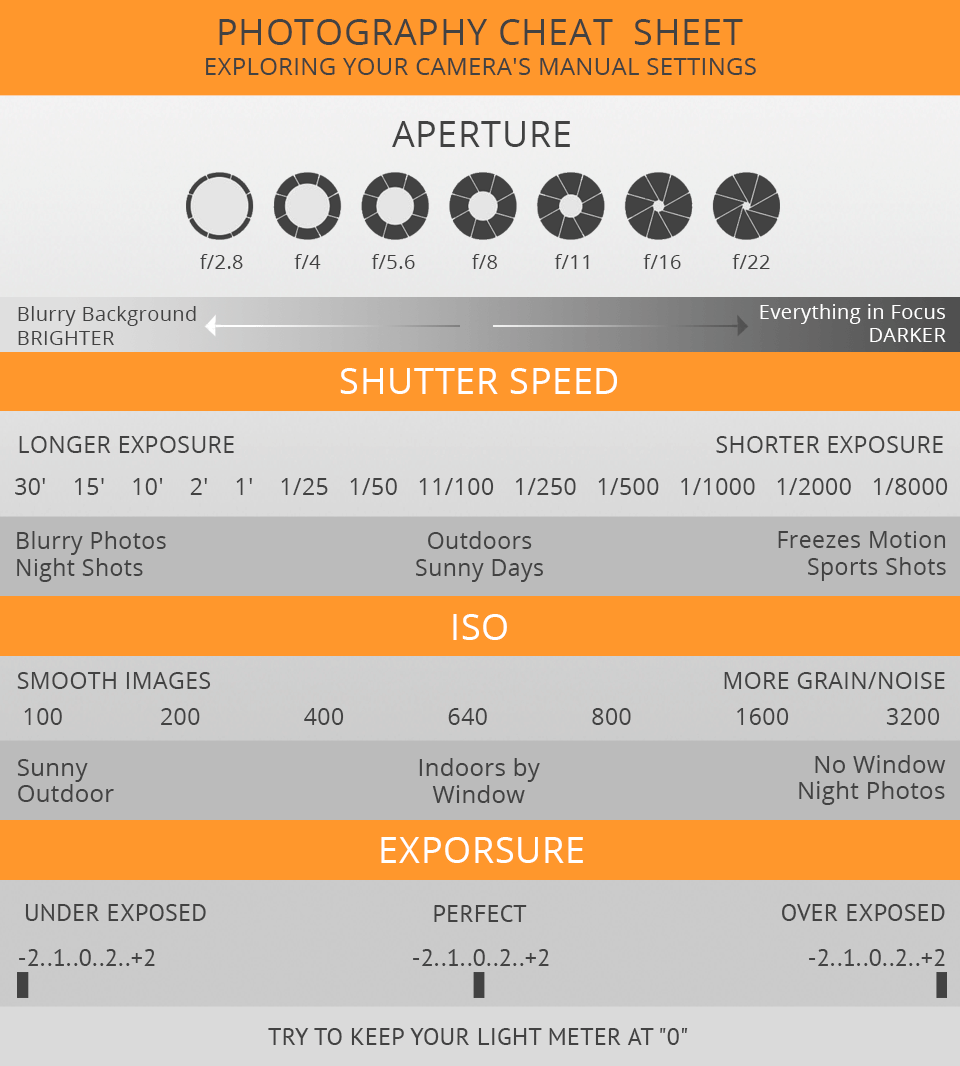What Every Digital Photographer Must Understand About Lighting
What Every Digital Photographer Must Understand About Lighting
Blog Article
Short Article Composed By-Greenwood Brady
As a professional photographer, you know that lighting can make or break your images. Understanding the subtleties of both all-natural and synthetic light is essential for capturing the mood and clearness you aim for in your job. Whether you're going after the excellent golden hour radiance or tweak your synthetic configurations, mastering these aspects can elevate your photography significantly. But there are https://www.actionhub.com/how-to/2019/08/05/overland-photography-tips-tricks/ that many forget, and recognizing them can transform your technique to every shoot. Let's discover what you might be missing out on and exactly how it can influence your outcomes.
Understanding Natural Light
Comprehending all-natural light is vital for any professional photographer wanting to boost their work. It's the structure of terrific digital photography, affecting mood, tone, and clarity. When you shoot outdoors, focus on the moment of day. The golden hour-- quickly after sunup and before sunset-- supplies soft, cozy light that can change ordinary scenes into sensational photos.
Do not undervalue the power of overcast days. Cloud cover diffuses sunshine, developing a soft, also light that's ideal for portraits and macro photography. You'll find colors pop in this sort of lighting without severe shadows.
Placing matters, as well. Always consider your subject's alignment to the source of light. If the sunlight's behind your subject, you might end up with a shape, which can be significant however mightn't be what you want. Alternatively, straight sunlight can create unflattering shadows.
Explore angles; in some cases, changing your viewpoint can yield outstanding results. Use Headshots for linkedin -natural reflectors, like water or sand, to bounce light onto your subject, adding dimension.
Mastering Artificial Light
Understanding fabricated light is essential for digital photographers who want to take their abilities to the next degree. Whether you're making use of speedlights, studio strobes, or continuous lights, understanding how to adjust these resources can considerably improve your images.
Beginning by acquainting yourself with the basics of light quality, instructions, and color temperature. Try out various modifiers like softboxes, umbrellas, or grids to control the softness or harshness of the light.
You'll locate that soft light typically develops lovely results, while harsher light can add dramatization and depth. Don't shy away from shadows; they can enhance the three-dimensionality of your topics.
Pay close attention to the placement of your lights. A light located too near your subject can create unflattering outcomes, while too far can cause a lack of detail. Use a light meter or your electronic camera's pie chart to guarantee you're revealing correctly.
Finally, keep in mind that synthetic light can be blended with ambient light for imaginative impacts. Stabilizing these sources may take method, but once you grasp it, your photography will genuinely radiate.
Methods for Various Scenarios
When you step into various capturing scenarios, adjusting your lights methods is vital for recording the very best pictures. For outside portraits, utilize the golden hour-- early morning or late afternoon light-- to soften darkness and improve complexion.
If it's a harsh lunchtime sun, consider using a reflector to bounce light back onto your subject or look for shaded locations for a more even direct exposure.
In low-light situations, like indoor events, boost your ISO and use a large aperture to allow in even more light. A tripod can help eliminate cam shake, allowing for longer direct exposures without obscuring.
If you're contending evening, experiment with off-camera flash to develop dynamic lights and depth in your photos.
For product photography, use diffused illumination to avoid harsh reflections. Softboxes or light outdoors tents can help accomplish this result.
When photographing landscapes, consider the direction of light and time of day, as it can considerably transform the state of mind of your shot.
Constantly prepare to readjust your settings and placing based upon the scenario, as versatility is essential to mastering illumination in photography.
Final thought
In conclusion, mastering illumination is key to elevating your digital photography abilities. Accept all-natural light's beauty throughout golden hour, and do not avoid explore artificial light methods. By adjusting your technique to various circumstances, you'll capture magnificent photos that reverberate with feeling and clarity. Keep in mind, the appropriate lights can change a normal shot into something phenomenal, so keep exercising and improving your understanding of both all-natural and artificial light. Delighted shooting!
